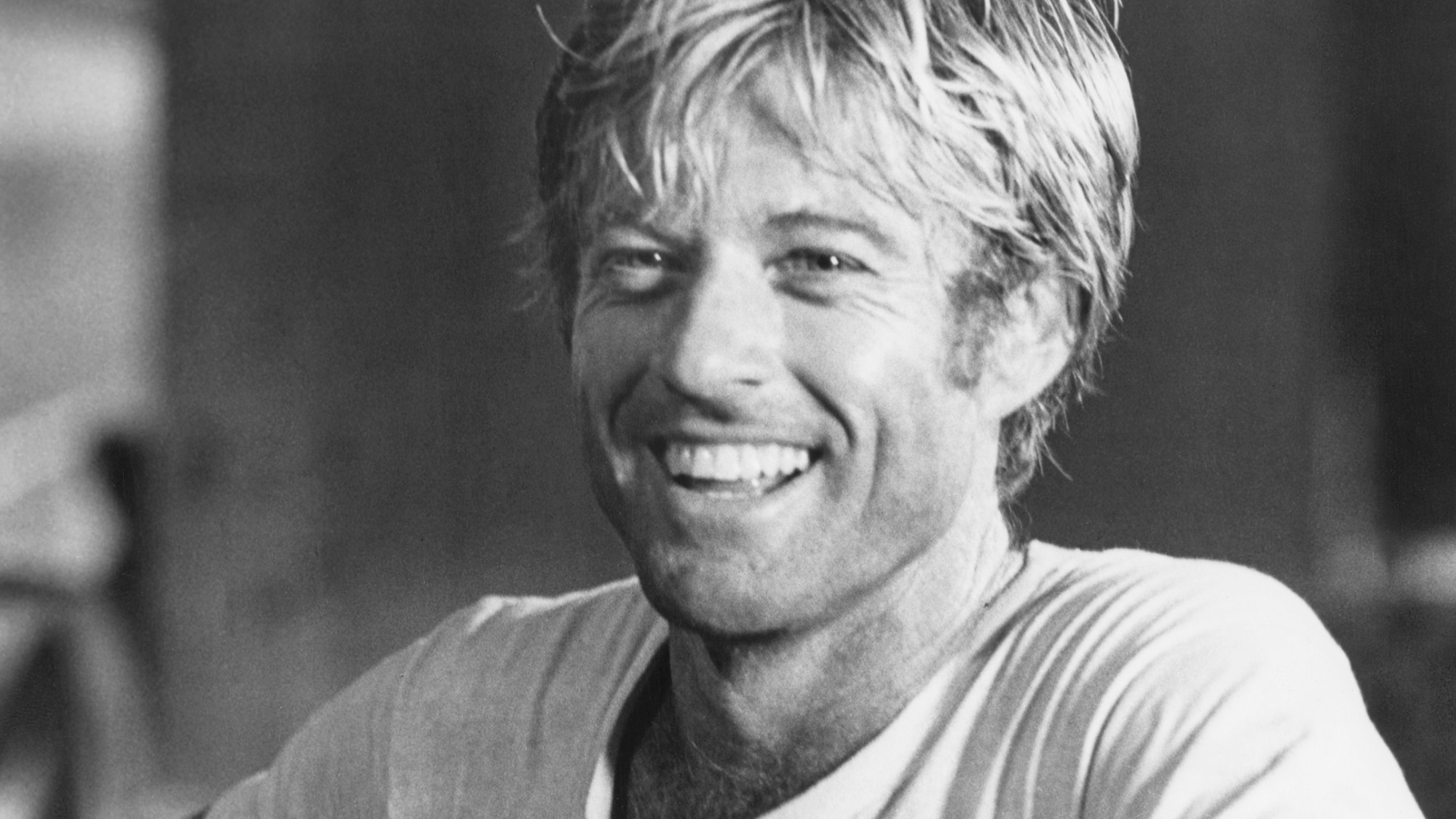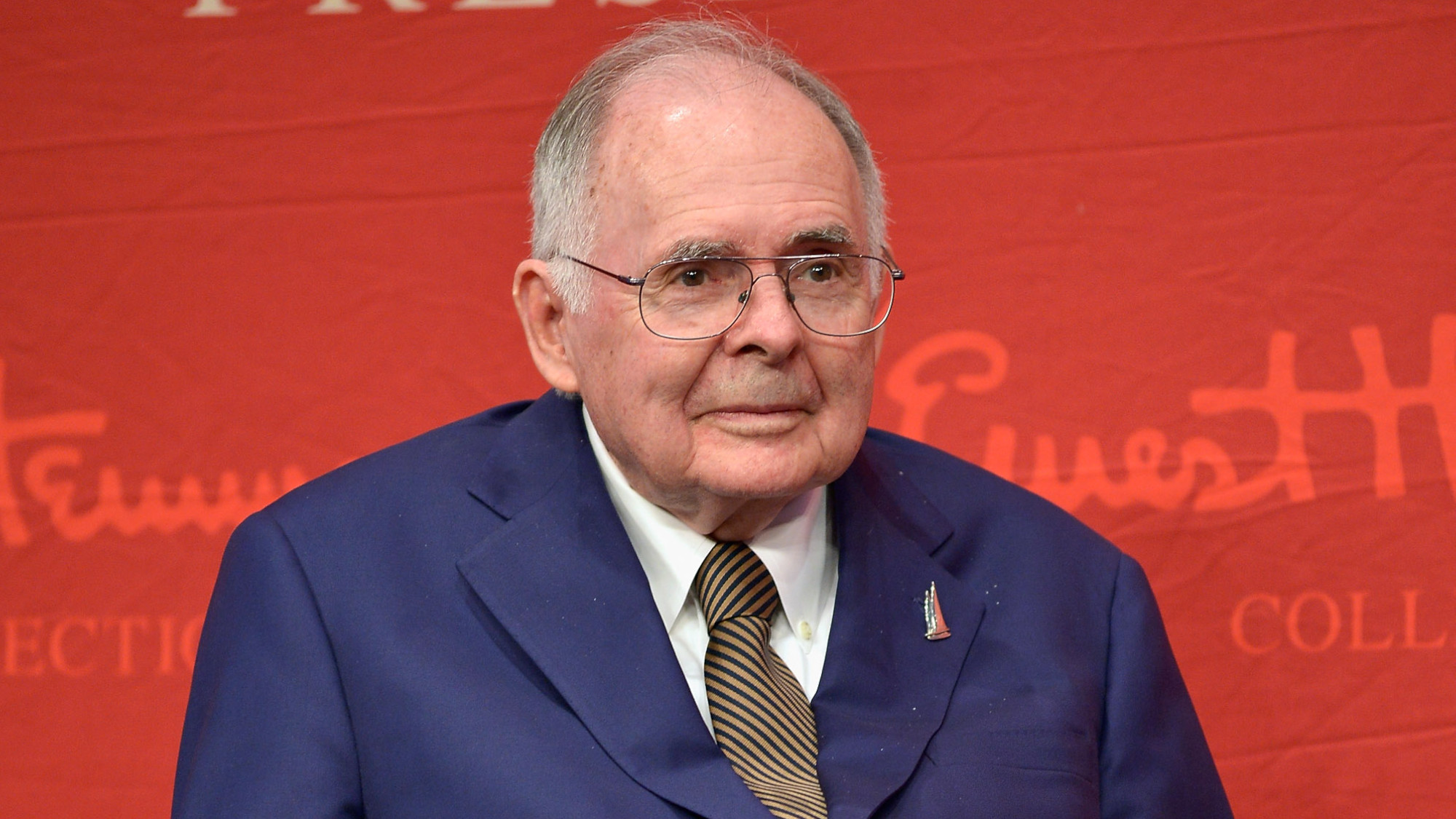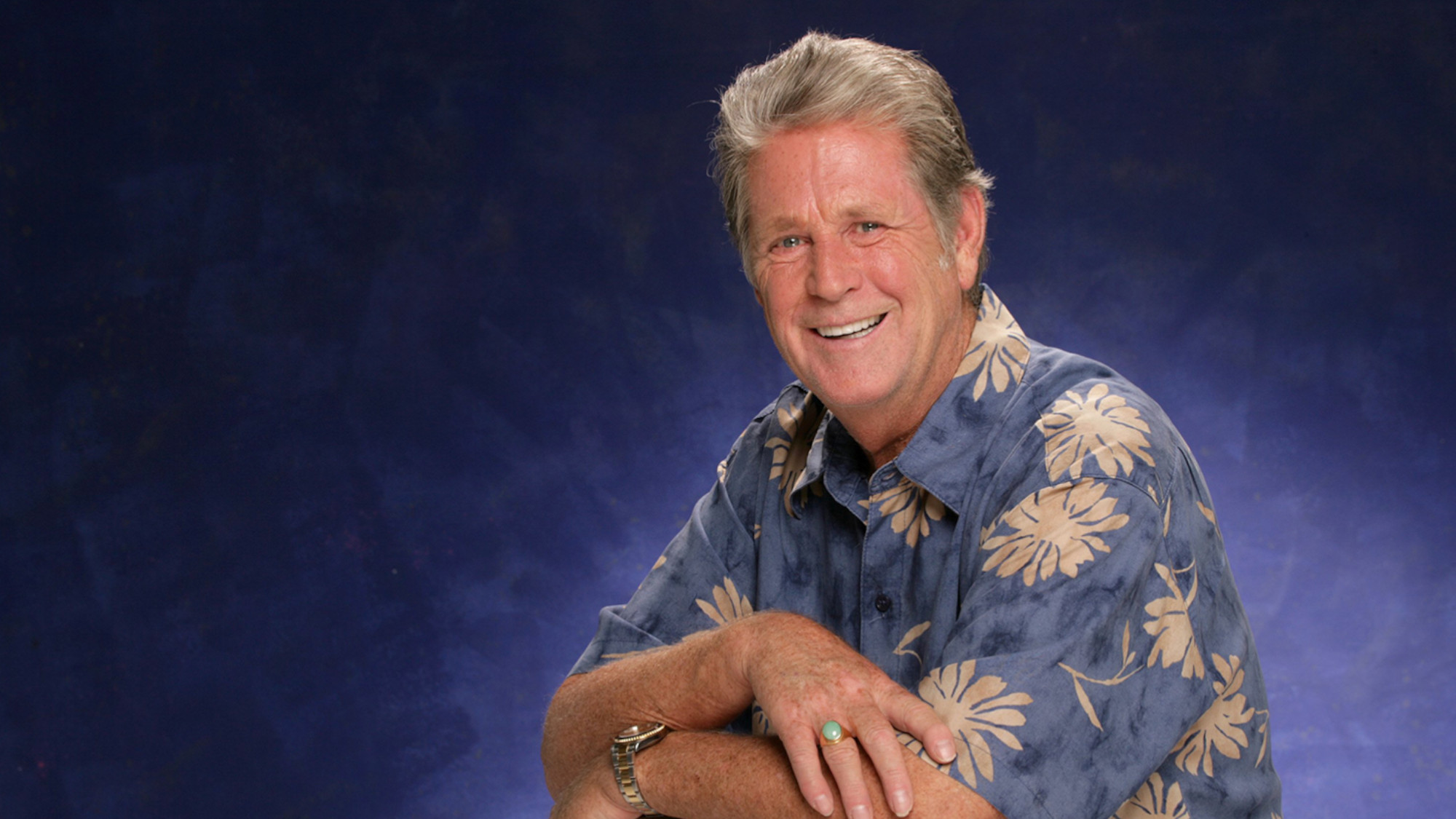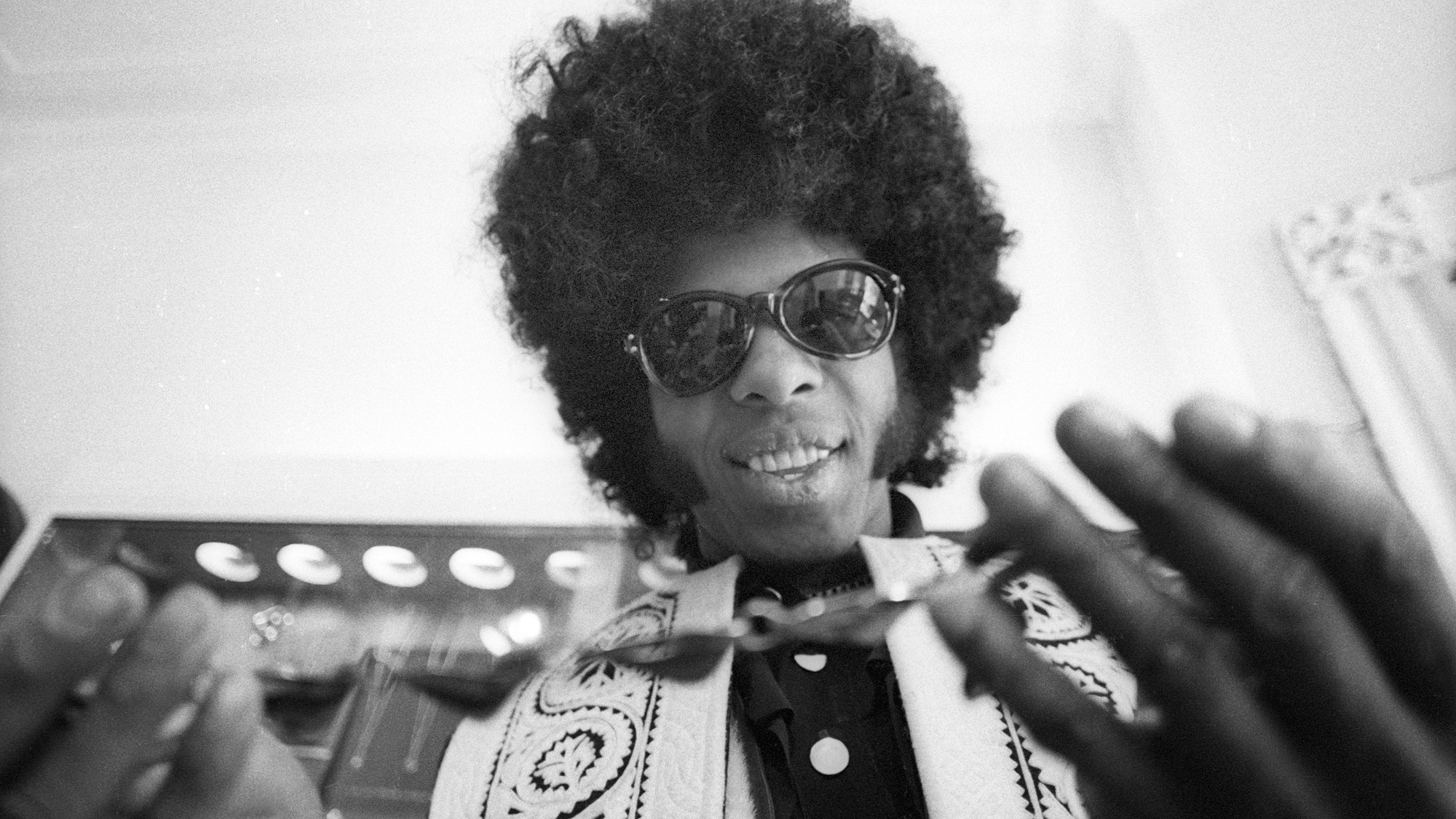J.D. Salinger
The recluse who wrote The Catcher in the Rye
J.D. Salinger
1919–2010
Though Jerome David Salinger had published no work in the past 45 years, he was still considered one of the country’s preeminent postwar fiction writers, often mentioned alongside the likes of John Cheever and John Updike. Yet Salinger’s reputation rested on only a handful of groundbreaking short stories and The Catcher in the Rye, his seminal 1951 novel about the frenzied flight of 16-year-old Holden Caulfield from “phony” adult society. In later years, Salinger was best known as a recluse who lived in a self-enclosed, neurotic world that echoed much of his work. He died of natural causes last week at 91.
The Week
Escape your echo chamber. Get the facts behind the news, plus analysis from multiple perspectives.

Sign up for The Week's Free Newsletters
From our morning news briefing to a weekly Good News Newsletter, get the best of The Week delivered directly to your inbox.
From our morning news briefing to a weekly Good News Newsletter, get the best of The Week delivered directly to your inbox.
The son of a Jewish importer of luxury foods and a Scots-Irish mother, Salinger, who grew up in Manhattan, “was a troubled and troublesome student,” said The Philadelphia Inquirer. After flunking out of prep school, he attended Valley Forge Military Academy in Pennsylvania. There, the lean, dark, taciturn teenager “started writing stories while holding a flashlight under the covers.” Graduating in 1936, he briefly attended Ursinus College and New York University before publishing short fiction in Collier’s and Esquire.
Salinger served in the Army infantry during World War II, writing whenever he found “the time and an unoccupied foxhole,” and fought in the Battle of the Bulge, said the London Guardian. The carnage proved traumatic: Hospitalized for a nervous breakdown in 1945, he would later write stories that emphasized the “emotional precariousness of his youthful heroes.” After the war, Salinger’s work appeared regularly in The Saturday Evening Post and other “slick” magazines. Then, after publishing several stories in The New Yorker, he “never submitted his work to the ‘slicks’ again.” He also decided to expand several Holden Caulfield sketches into The Catcher in the Rye.
“With its cynical, slangy vernacular voice, and its fierce if alienated sense of morality and distrust of the adult world, the novel struck a nerve,” said The New York Times. “Catcher remains one of the books that adolescents first fall in love with—a book that intimately articulates what it is to be young and sensitive and precociously existential.” Many critics compared Holden to Huck Finn; the London Observer wrote that Salinger understood children “as no English-speaking writer has done since Lewis Carroll.” Some reviewers were turned off by the novel’s antisocial themes and incessant use of “goddam,” “crap,” and other vulgarities, and many school boards and public libraries banned it at first, which added to the book’s aura. Catcher continues to sell at the rate of about 250,000 copies a year, and to date, more than 60 million copies have been sold.
If Catcher was a commercial smash, Salinger’s New Yorker short stories helped usher in a new era in Cold War fiction, said Slate.com. His “clipped, urbane prose with lengthy conversation pieces” and “sharp, deus ex machina endings” broke decisively with the entertaining,
A free daily email with the biggest news stories of the day – and the best features from TheWeek.com
forgettable themes that dominated short fiction. In “A Perfect Day for Bananafish” (1948), a young man in a failing marriage kills himself
following a tender beachside encounter with a little girl. “Teddy” (1953) “begins on a cruise ship with a jaunty quote and ends with a child dying in an empty swimming pool.” Novelist Ann Beattie called Salinger’s pieces “a kind of snapshot, but in a wonderful and mysterious way not easily decipherable.”
Salinger soon had “what every writer yearns for—money, fame, and critical acclaim,” said the Los Angeles Times. But “instead of basking in celebrity, he walked away and slammed the door.” In 1953, he moved to Cornish, N.H., “a remote rural spot of the sort that Caulfield longed to escape to.” Living on a hill behind high walls, he declined interviews, barred visitors, and refused fan mail. “His silence provoked a range of
reactions from literary critics, some characterizing it as cowardice and others as a cunning strategy that helped preserve his mythical status in American culture.” Salinger’s dwindling output, influenced by Zen Buddhism and other Eastern religions, became opaque and discursive, concerned mainly with the seven children of the Glass family, all of them brilliant but brittle prodigies. Though “fans lined up at newsstands whenever a new Glass story was published,” others derided Salinger’s increasing self-indulgence. John Updike complained, “Salinger loves the Glasses more than God loves them.”
Salinger’s last published story, “Hapworth 16, 1924,” ran in The New Yorker in 1965. “By then,” said the Associated Press, “he was increasingly viewed like a precocious child whose manner had soured from cute to insufferable.” And toward the end of his life, unsettling details about his self-imposed exile began to emerge. In 1998, writer Joyce Maynard published a memoir about her affair with Salinger in the early 1970s, when she was a Yale undergraduate; she “recalled an unflattering picture of a controlling personality with eccentric eating habits”—frozen peas for breakfast, for example—“and described their problematic sex life.” Two years later Dream Catcher, a memoir by his daughter, Margaret, who along with his son, Matt, and third wife survives him, depicted “the writer as an unpleasant recluse who drank his own urine, spoke in tongues,” and sat for hours in an orgone box.
For Salinger, writing was an end in itself. “There is a marvelous peace in not publishing,” he said in 1974. “It’s peaceful. Still. Publishing is a terrible invasion of my privacy. I like to write. I love to write. But I write just for myself and my own pleasure.”
Will there be any more Salinger books?
In 1980, J.D. Salinger told the Baton Rouge, La., Advocate, “I assure you I write regularly.” It was widely reported that he did so in a concrete bunker on his 90-acre property; he would also scribble in a small, spiral-bound notebook during church suppers in Vermont. But just what Salinger labored over, or how much he produced, is mostly a matter of conjecture. His onetime lover Joyce Maynard claims he had at least two unpublished books tucked away; his neighbor Jerry Burt put the number at 15. In 1986, when giving a deposition against biographer Ian Hamilton, who wanted to quote from Salinger’s unpublished letters, Salinger could not even describe whether he produced novels or short stories. “I don’t write that way,” he said. “I just start writing fiction and see what happens to it.”
-
 The UK’s best Christmas pantos
The UK’s best Christmas pantosThe Week Recommends Dive into the festive cheer, even into the new year, with some traditional favourites and modern twists
-
 The longevity economy is booming as people live longer
The longevity economy is booming as people live longerThe Explainer The sector is projected to reach $27 trillion by 2030
-
 Sudoku hard: December 11, 2025
Sudoku hard: December 11, 2025The daily hard sudoku puzzle from The Week
-
 R&B singer D’Angelo
R&B singer D’AngeloFeature A reclusive visionary who transformed the genre
-
 Kiss guitarist Ace Frehley
Kiss guitarist Ace FrehleyFeature The rocker who shot fireworks from his guitar
-
 Robert Redford: the Hollywood icon who founded the Sundance Film Festival
Robert Redford: the Hollywood icon who founded the Sundance Film FestivalFeature Redford’s most lasting influence may have been as the man who ‘invigorated American independent cinema’ through Sundance
-
 Patrick Hemingway: The Hemingway son who tended to his father’s legacy
Patrick Hemingway: The Hemingway son who tended to his father’s legacyFeature He was comfortable in the shadow of his famous father, Ernest Hemingway
-
 Giorgio Armani obituary: designer revolutionised the business of fashion
Giorgio Armani obituary: designer revolutionised the business of fashionIn the Spotlight ‘King Giorgio’ came from humble beginnings to become a titan of the fashion industry and redefine 20th-century clothing
-
 Ozzy Osbourne obituary: heavy metal wildman and lovable reality TV dad
Ozzy Osbourne obituary: heavy metal wildman and lovable reality TV dadIn the Spotlight For Osbourne, metal was 'not the music of hell but rather the music of Earth, not a fantasy but a survival guide'
-
 Brian Wilson: the troubled genius who powered the Beach Boys
Brian Wilson: the troubled genius who powered the Beach BoysFeature The musical giant passed away at 82
-
 Sly Stone: The funk-rock visionary who became an addict and recluse
Sly Stone: The funk-rock visionary who became an addict and recluseFeature Stone, an eccentric whose songs of uplift were tempered by darker themes of struggle and disillusionment, had a fall as steep as his rise